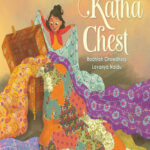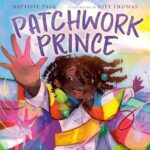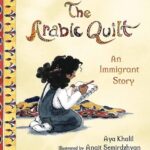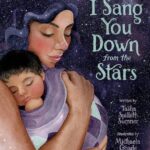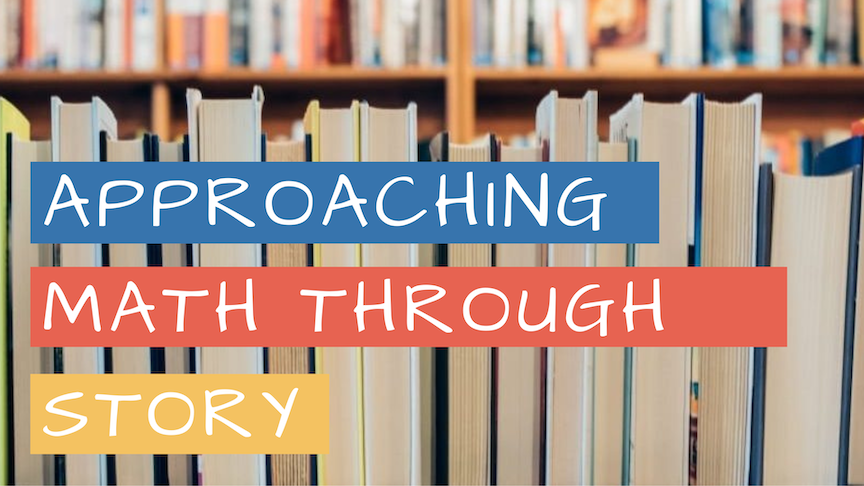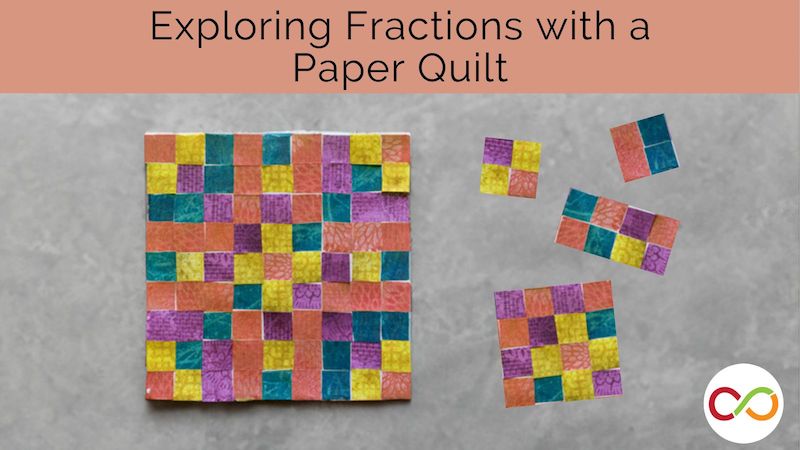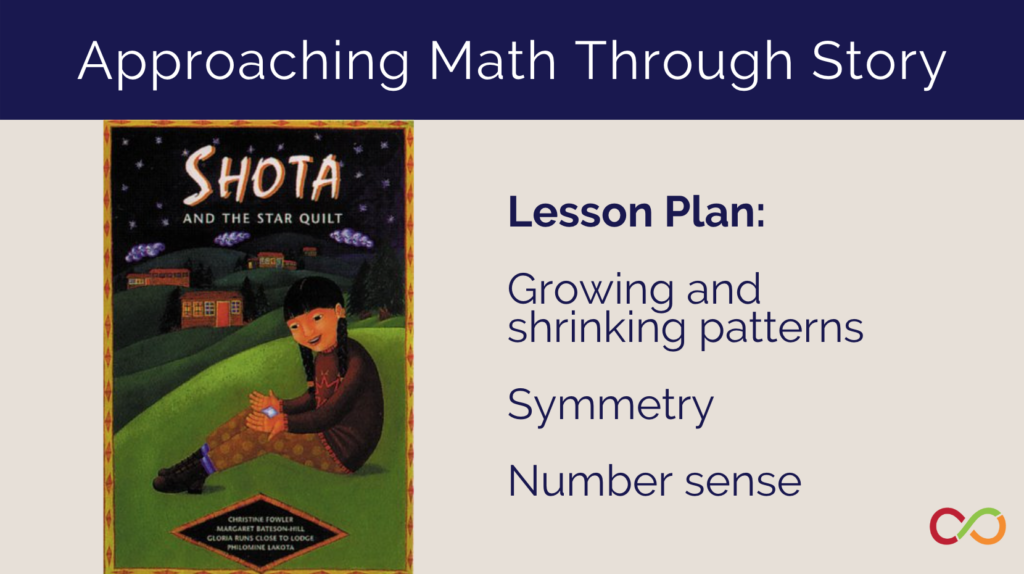
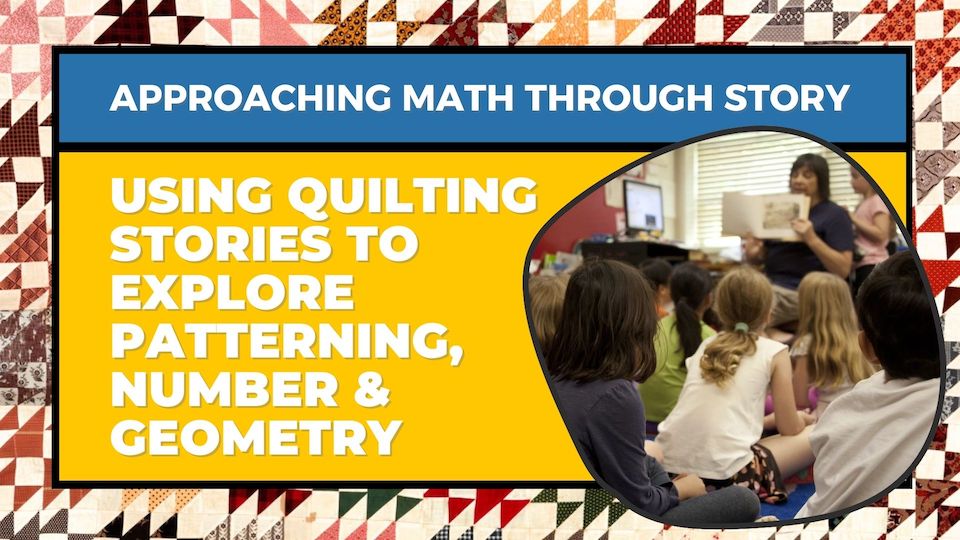
Quilts are beautiful, intricate, and comforting. They have become everyday items in many homes, but they are also often pieces of art. I have always been fascinated with quilts because of their colours, patterns, shapes, fabrics, and textures, but more so because they create an opportunity to listen and learn about each other through stories. It’s true, quilts are holders of stories. Stories about our communities, cultures, traditions, celebrations, memories – and even our imaginations. They create space to ask questions and learn about how they came to be. Interestingly, they are common in many cultures and communities, but their role and purpose vary and can be quite dynamic. Many picture books show the power of quilts and their role in people’s lives and broader communities.
To foster an appreciation for mathematics, I think it is important that math be presented in contexts that are meaningful and applicable to everyday experiences. One way to accomplish this is by using stories and picture books. They can help bring math concepts to life in tangible meaningful ways for students. In fact, stories about quilts provide opportunity for mathematical exploration and align with expectation in the Social Emotional Learning Skills and Spatial Sense strands of Ontario’s math curriculum (Math Curriculum, 2020). Stories centred around quilts can be used to identify and describe patterns, lines of symmetry, shapes, colours, patterns, and angles. Classroom communities can also construct their own quilts and make intentional decisions to ensure the piece has both individual and collective meaning.
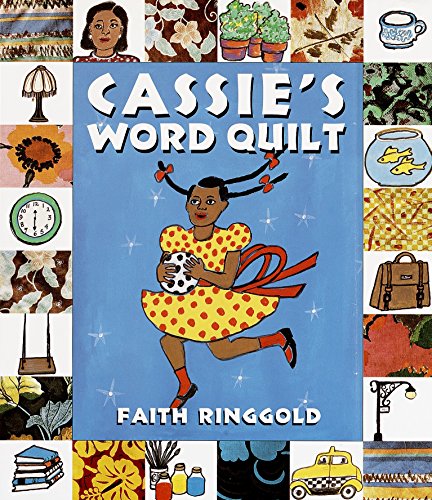
- Patterning
- Shape recognition
In the powerful picture book Cassie’s Word Quilt, Cassie makes a quilt that represents important moments from her life. For example, one part represents her family and contains words like mother, father, brother, and apartment building. Other words from her school and local community find themselves intentionally and beautifully represented on other parts of the quilt. Through this story, students can explore intricate mathematical concepts, such as patterning and shape recognition. Each page includes a differently coloured parallelogram, each with a floral-patterned border that repeats throughout the book. Students can identify and explore the similarities and differences in these details, such as colour, shape, pattern, and arrangement of words. This book ‘humanizes’ mathematical concepts by demonstrating the intrinsic connection between mathematics and personal narratives, as exemplified through the stories woven into quilts.
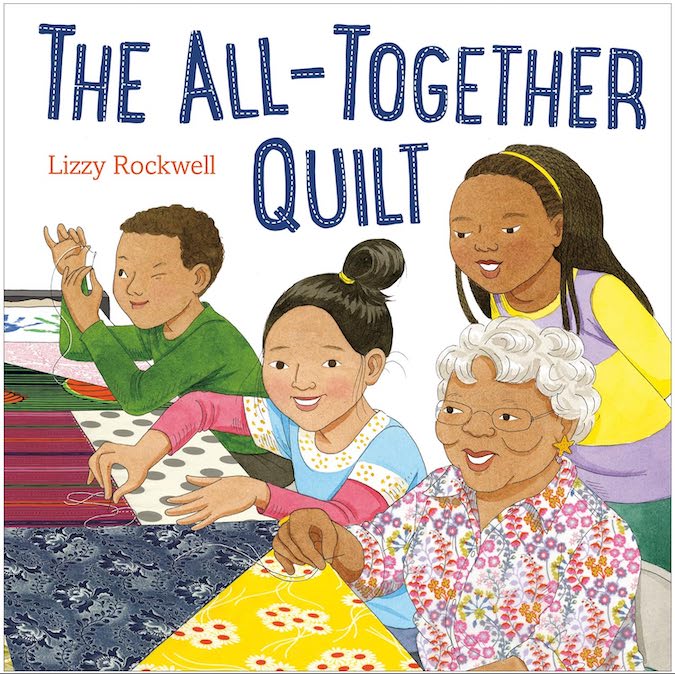
- Geometry
- Math & Art
Similarly, in the book The All Together Quilt, community members work together to make a quilt. Each young person is paired with an elderly person and together they arrange fabric, trace shapes, consider colours, sequences and patterns, pin, iron and sew their quilt. The intergenerational focus of the story creates intentional opportunities to learn from each other through stories and the conversations and illustrations provide opportunities to engage in math. For example, characters discuss how, “two triangles together make one square,” and how, “two rectangles make one square.” The specific quilt in this book is made by combining nine squares that are all different in shapes, colours, and fabric details. An exemplary book demonstrating the interconnections between math and art, the detailed illustrations in The All Together Quilt can help students think critically and creatively about the intentionality of quilt-making.
Quilts as Powerful Stories
In the tender picture book The Katha Chest, Asiya loves visiting her grandparents’ home because it has a treasure chest full of katha quilts made by her grandmother! A katha quilt is a light quilt made from layers of saris. Each quilt represents the lived experiences of Asiya’s mother and aunts. The quilts are wrapped in stories about family, Bengali history, culture and memories. For Asiya, the quilts connect the past and present, keeping important memories alive. Fascinated with the intricacy, beauty, comfort and history of these quilts, Asiya “imagines them whispering soft, warm stories to her,” writes author Radhiah Chowdhury. The illustrations in the book showcase Pattachitra, a beautiful Bengali folk art that is made up of colourful, intricate and complex patterns.
The book Patchwork Prince, is based on the author’s lived experiences growing up in St. Lucia. The story’s main character collects fabric scraps that have been thrown out by rich companies. From these, his mother creates something brand new, unique, and beautiful. Using her creativity and sewing skills, she crafts a patchwork cape for her son that looks like a quilt – and it makes him feel like royalty. “Each piece tells a story,” she tells him.
Quilts are also an example of collectively creating something beautiful and long-lasting. In The Arabic Quilt, Kanzi is struggling after a recent move from Egypt to America. She misses her family, friends, and life back home. To make herself feel better, Kanzi wraps herself in her grandmother’s quilt. When Kanzi is teased at school, her teacher introduces a new classroom project: a quilt with each of the students’ names written in Arabic. The quilt becomes a symbol of the importance of community, relationships, and acceptance. Similarly, the book I Sang You Down From the Stars, reads like a love letter to a mother’s unborn baby. The mother gathers items she wants to gift to her baby. She adds a hand-stitched blanket to the bundle. “With care in my hands, I sewed your first star blanket, with each stitch, I whispered a prayer for you and thought about wrapping you up warm and safe,” writes author Spillett-Sumner. This story celebrates diverse Indigenous cultures and traditions and can help readers gain insight into the role and purpose of quilts in different communities.
Blog
Seen through a mathematical lens, an aptly chosen text has the potential to trigger and support mathematical investigations. Dr. Julie Comay explores the mathematical potential of stories and offers examples of picture books that invite mathematical extensions.
Math lesson
Students design a quilt square and calculate the fraction each colour occupies in the square. Students combine squares to determine the new fraction for each colour used. All squares are then combined to observe how much space each colour holds.
Math lesson
In this modern story of a Lakota family, Shota must save her apartment from redevelopment by creating a traditional star quilt. Explore patterning, symmetry, number sense, tessellation and proportional reasoning.

Rabia Khokhar
Elementary Teacher, Equity and Education Consultant, and University of Toronto PhD Student

